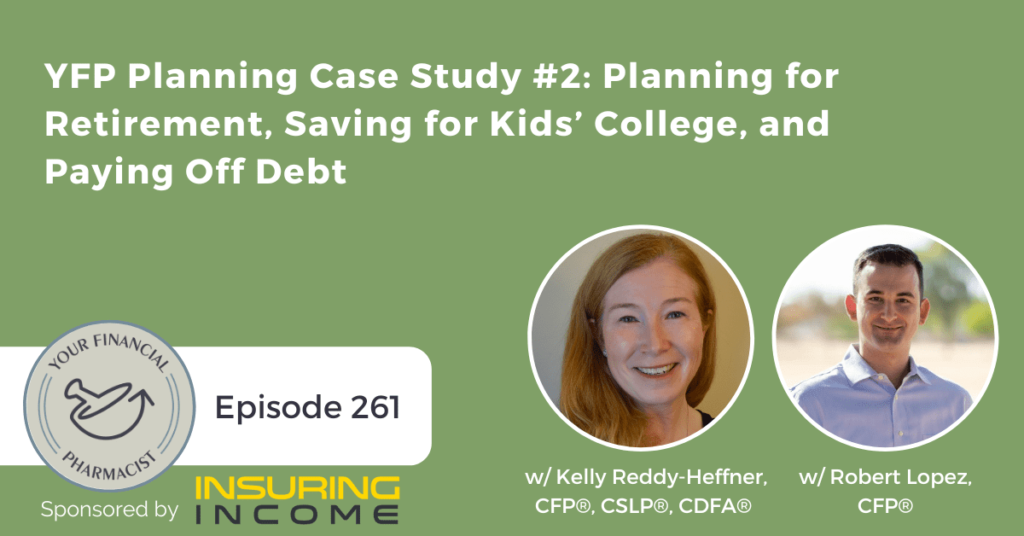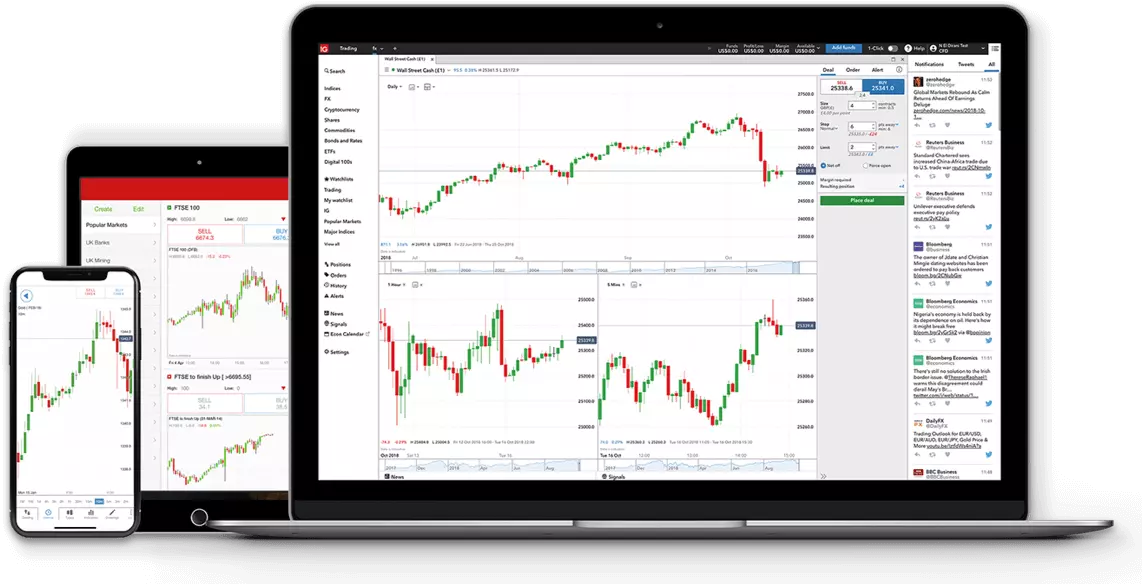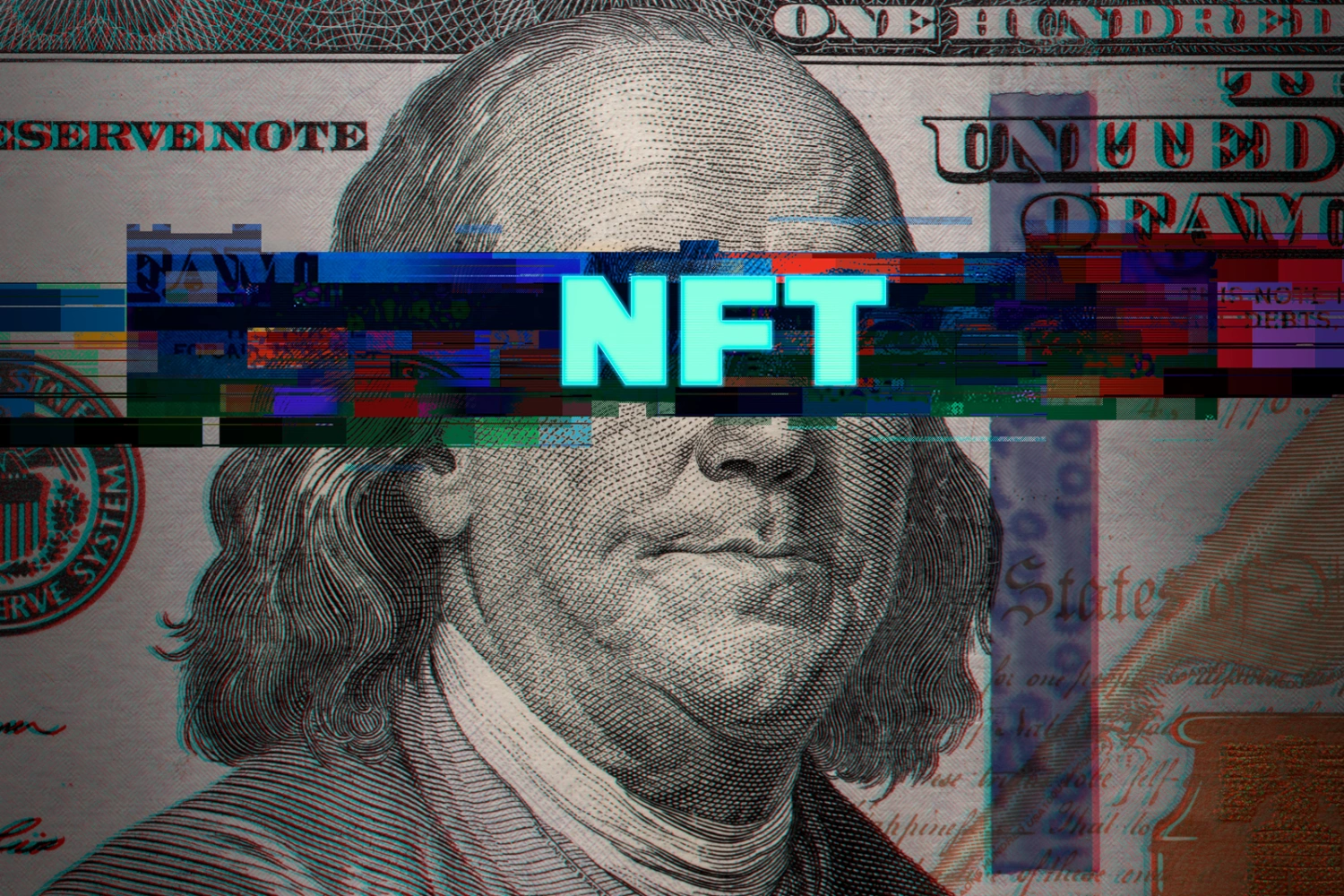What Millennials Owe: Unpacking Total Student Debt

Millennials collectively hold over $1 trillion in student debt. This generation faces unprecedented financial challenges due to educational loans.
Navigating the complexities of the student debt landscape, Millennials are a generation burdened by significant financial obligations. Educational loans have become a defining feature of Millennial financial health, influencing career choices, homeownership prospects, and overall economic participation. Managing student debt is a critical concern for many Millennials, shaping their personal finance decisions and long-term financial strategies.
With student loans influencing every aspect of their fiscal journey, addressing this debt is a priority for economic analysts, policymakers, and the individuals affected. The ripple effects of this level of indebtedness are far-reaching, affecting the broader economy and future generations’ approach to funding higher education.

Credit: www.rocketmortgage.com
The Rise Of Student Debt
Millennials face an unprecedented student debt crisis. The burden has escalated over the years, transforming the landscape of higher education finance. This portion of the post explores how we arrived at this critical juncture.
Historical Tuition Costs Vs. The Present
Over the decades, college tuition fees have soared. In the past, many could afford higher education without significant loans. Now, that reality is a distant memory for most millennials.
| Year | Average Tuition Costs (In USD) |
|---|---|
| 1980s | $1,810 |
| 1990s | $3,360 |
| 2000s | $4,790 |
| Today | Over $10,000 |
These figures starkly illustrate the financial hurdles today’s students encounter compared to previous generations.
Factors Contributing To Increased Student Loans
- Rising costs of tuition make paying out of pocket less feasible.
- Competitive job market demands higher qualifications.
- Increased living expenses leave less money for education costs.
- Reduction in state funding puts more burden on students.
- Higher interest rates on student loans mean more debt over time.
Understanding these factors helps explain why millennials struggle under the weight of student loans.
Millennial Burden: A Closer Look
Millennials face a financial challenge unlike any previous generation. Soaring college tuitions and changing economic conditions have left many with a heavy backpack of debt. This section delves into the depth of millennial student debt, offering insights and comparisons.
Median Debt Levels For Millennials
Data unveils a stark image of millennial finances. Debt climbs as incomes stagnate, squeezing the budget of many young adults. Recent studies spotlight the growing burden, with the following discoveries:
- Median student debt among millennials hovers around $30,000 to $40,000.
- A significant portion of income is earmarked for loan repayment.
- The ripple effect impacts homeownership and other major purchases.
| Year | Median Student Debt |
|---|---|
| 2010 | $30,000 |
| 2015 | $35,000 |
| 2020 | $40,000 |
Comparisons With Previous Generations
Escalating student debt is a distinct millennial experience. A look back at the finances of Generation X and baby boomers reveals a contrasting landscape:
- Millennials have double the debt of Gen Xers at the same age.
- Baby boomers, by comparison, faced lower education costs.
- Adjusted for inflation, present-day debt far exceeds past figures.
| Generation | Average Student Debt at Graduation |
|---|---|
| Generation X | $15,000 |
| Baby Boomers | $5,000 |
| Millennials | $30,000 |
Impact On Life Choices
The staggering student debt carried by millennials continuously shapes their life decisions. Burdened by loan repayments, millennials face unique challenges that alter their paths in major life domains such as homeownership and career choices.
Homeownership And Delayed Milestones
For many millennials, student debt is a barrier to one of life’s significant milestones: owning a home. High monthly loan payments reduce their ability to save for a down payment. This debt leads to a ripple effect, delaying other important stages like marriage and starting a family.
- Lower savings for home down payments
- Inability to qualify for mortgages
- Postponed marriage and family planning
Career Paths And Job Market Pressures
With the need to service their debt, millennials often make career choices based on potential earnings rather than passion. Pressure mounts to secure well-paying jobs, sometimes leading to mismatched career paths. Economic factors further complicate this as job markets fluctuate.
| Choice Influenced by Debt | Resulting Impact |
|---|---|
| Job selection based on salary | Increased job dissatisfaction |
| Gig economy participation | Lack of job security |
| Further education delays | Missed professional opportunities |

Credit: yourfinancialpharmacist.com
Gender And Racial Debt Disparities
Understanding how student debt affects various groups is vital. Millennials carry significant student loan burdens. But not all burdens are equal. Gender and race paint a complex picture of disparity. Let’s delve into how and why these differences exist.
Disproportionate Impact On Women And Minorities
Women and minorities face unique challenges when it comes to student debt. On average, women take on more student loans than men. They also earn less after college, making loan repayment tougher.
Racial disparities play a role too. Black and Hispanic graduates often owe more debt than their white peers. Studies show that black students borrow at higher rates. This is for both undergraduate and graduate studies.
| Group | Average Debt |
|---|---|
| Women | $31,000 |
| Men | $29,000 |
| Black Graduates | $34,000 |
| Hispanic Graduates | $25,000 |
| White Graduates | $30,000 |
Long-term Effects Of The Debt Gap
The debt gap not only affects the present. It has long-term consequences. Women and black graduates can take longer to pay off their loans. This delays their ability to save for the future.
- Saving for retirement takes a back seat. Loan payments come first.
- Homeownership chances drop. Debt-to-income ratios rise with student loans.
- Wealth accumulation stagnates. Every dollar to loans is one not invested.
This paints a worrying picture for wealth equality. It shows the need for nuanced solutions. Addressing these disparities is critical for an equitable future.
Solutions And Support Systems
Millennials face a daunting challenge with student debt. Finding relief is crucial. Understanding the solutions and support systems available can lighten the burden. This part of our post dives into the assistance options.
Government Initiatives And Loan Forgiveness
The government offers programs to ease student debt.
- Income-Driven Repayment Plans: Monthly payments match your earnings.
- Public Service Loan Forgiveness: Working in public service can erase debt.
- Teacher Loan Forgiveness: Teachers in low-income schools benefit.
These plans require consistent payments over time. They may lead to debt cancellation.
Private Sector And Community-based Relief Programs
Private and community programs are vital. They offer flexible support.
| Organization | Type of Aid |
|---|---|
| Scholarship Funds | Grants for graduates |
| Employee Benefits | Company-provided loan help |
| Non-Profit Programs | Debt counseling and resources |
Research and apply early for these opportunities. They provide significant relief options. Often, communities rally together to support local graduates.
Navigating Repayment
Millennials face a unique challenge with student debt, often juggling multiple loans with varying terms. Repayment can seem daunting, but with the right approach, it becomes manageable. Understanding strategies and planning are keys to unlocking a debt-free future.
Strategies For Managing Student Loans
- Consolidation: Combine loans into one single payment to simplify the process.
- Refinancing: Potentially lower interest rates can mean reduced payments over time.
- Income-Driven Repayment: Tailor monthly payments to align with earnings.
- Loan Forgiveness Programs: Investigate if your occupation qualifies for this benefit.
- Automatic Payments: Avoid missed payments and possibly secure a rate reduction.
Financial Planning For A Debt-free Future
Look beyond loan balances and envision your financial goals. Start with a solid budget and build up an emergency fund.
Review your spending patterns regularly. Identify areas for savings that can be put towards loan repayments.
| Step | Action | Goal |
|---|---|---|
| 1 | Create a Budget | Track income/expenses |
| 2 | Evaluate Spending | Find saving opportunities |
| 3 | Extra Payments | Reduce loan principal |
| 4 | Investment | Grow wealth long-term |
Don’t forget to invest in yourself. Your education pays off with higher earning potential over time.
Insert custom content for the blog post or additional sections here
Credit: www.bankrate.com
Frequently Asked Questions Of What Is The Total Student Debt Of Millennials Have
How Much Debt Do Millennials Carry?
Millennials, on average, carry significant student loan debt, often exceeding $30,000 per individual. This demographic faces financial challenges that impact their life choices, such as buying a home or starting a family.
What Is The Average Student Loan Debt For Millennials?
The average student loan debt for millennials is reported to be around $30,000 to $40,000. This reflects the growing costs of higher education and the increasing dependence on loans to finance it.
How Does Millennial Student Debt Compare To Other Generations?
Millennial student debt is substantially higher than that of previous generations due to the rapid increase in tuition fees and the expansion of for-profit colleges. Baby Boomers and Gen Xers had lower education costs and, consequently, smaller average debt.
Are Millennials Paying Off Their Student Loans?
Many millennials struggle to pay off their student loans due to high balances and stagnant wages. Although they are making payments, the size of the debt and interest rates often mean slow progress in reducing the principal balance.
Conclusion
Navigating student debt is a complex journey for many millennials. Their collective financial burden often shapes life decisions, from careers to homeownership. It’s clear that understanding and managing this debt is crucial for financial stability. Future generations can learn from the millennial experience to approach education financing wisely.
Addressing this challenge is essential for a brighter economic future.







